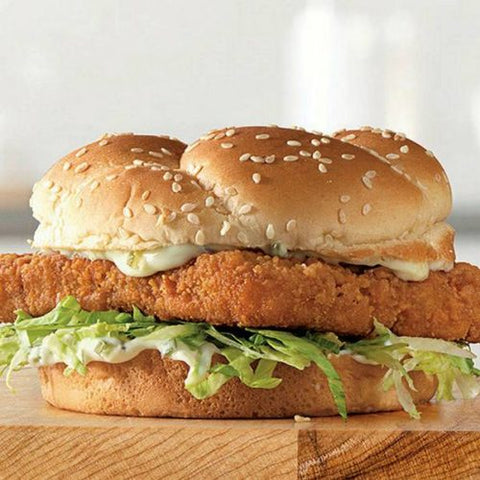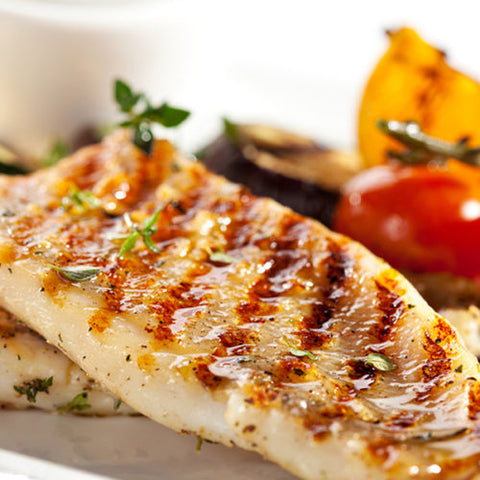
Mar 22, 2021
INGREDIENTS 6 baked potatoes (medium-sized) 2 Tablespoons olive oil 1 Tablespoon salt FOR FILLING: 6 Tablespoons butter 1/3 cup half and half 1/4 cup sour cream...

Mar 22, 2021
INGREDIENTS 1 cup mayonnaise 1/4 cup white wine vinegar 2 tablespoons Dijon mustard 2 teaspoons...

Mar 22, 2021
Ingredients 2 cans Tuna Chunks in Water 20g butter 4 spring onions, finely chopped 1...

Mar 22, 2021
INGREDIENTS 2 pounds fillets 2 teaspoons Greek seasoning, divided 1 1/2 teaspoons salt, divided 1...

Mar 22, 2021
INGREDIENTS 1 fish fillet (firm) 1/2 ripe tomato, sliced 2 cloves garlic (Finely Chopped) 1/4...

Mar 22, 2021
INGREDIENTS 2 packages (1/4 ounce each) active dry yeast 2 cups warm whole milk (110°...






